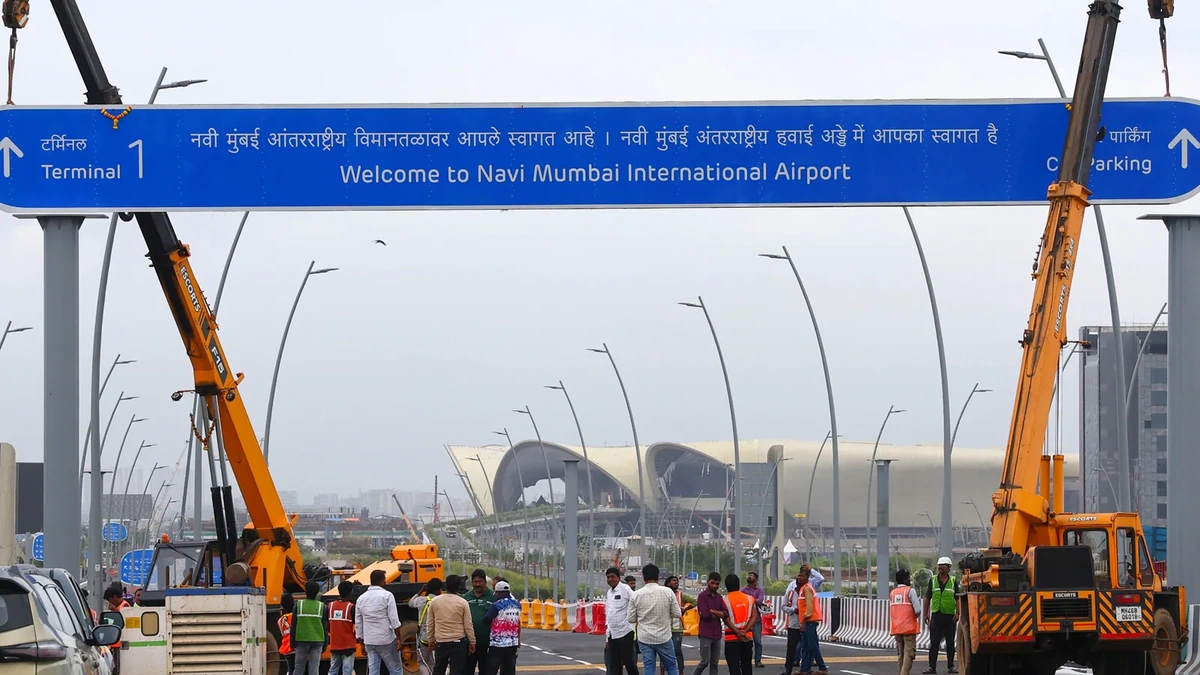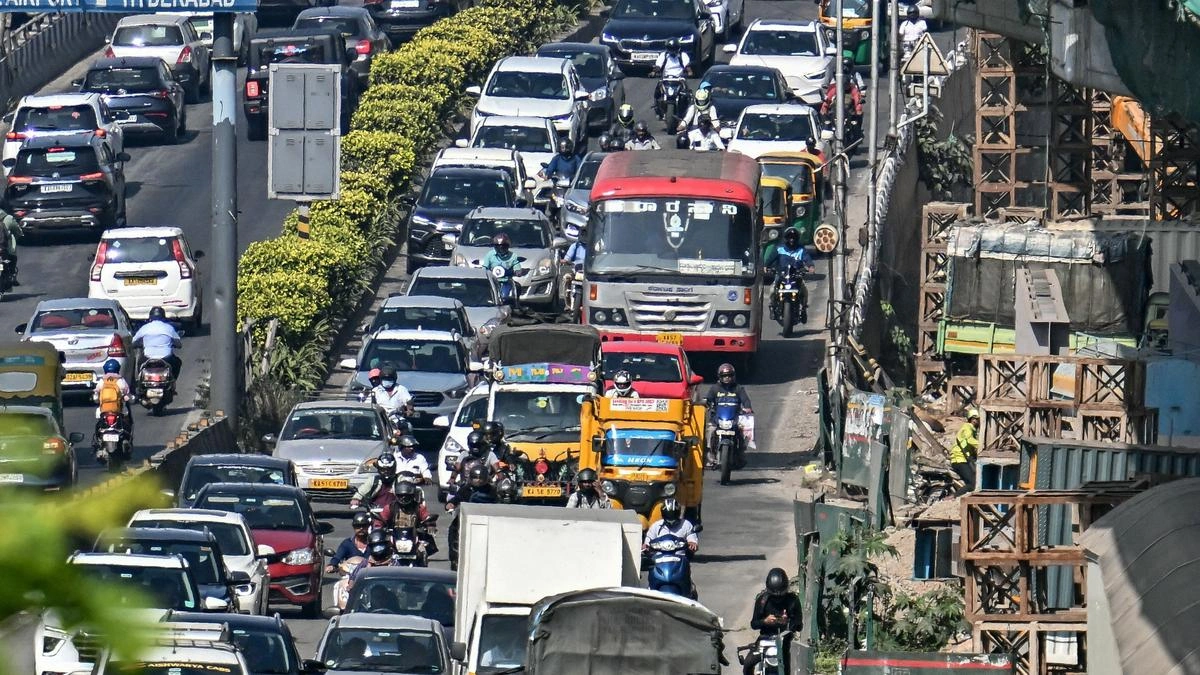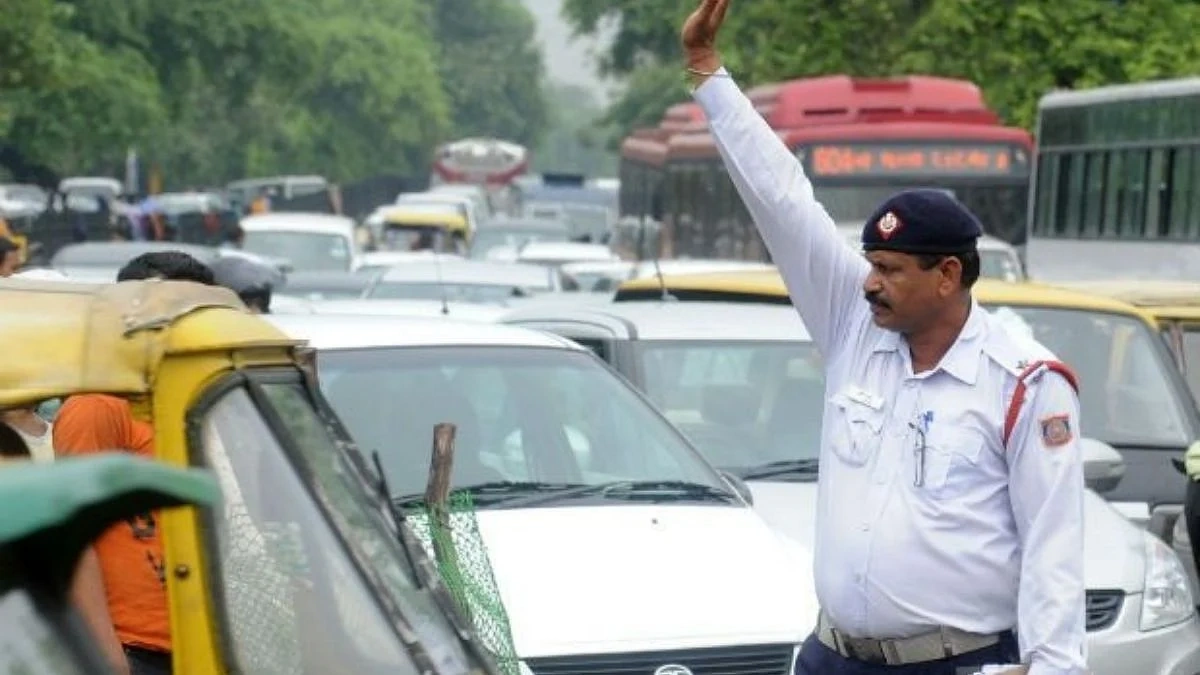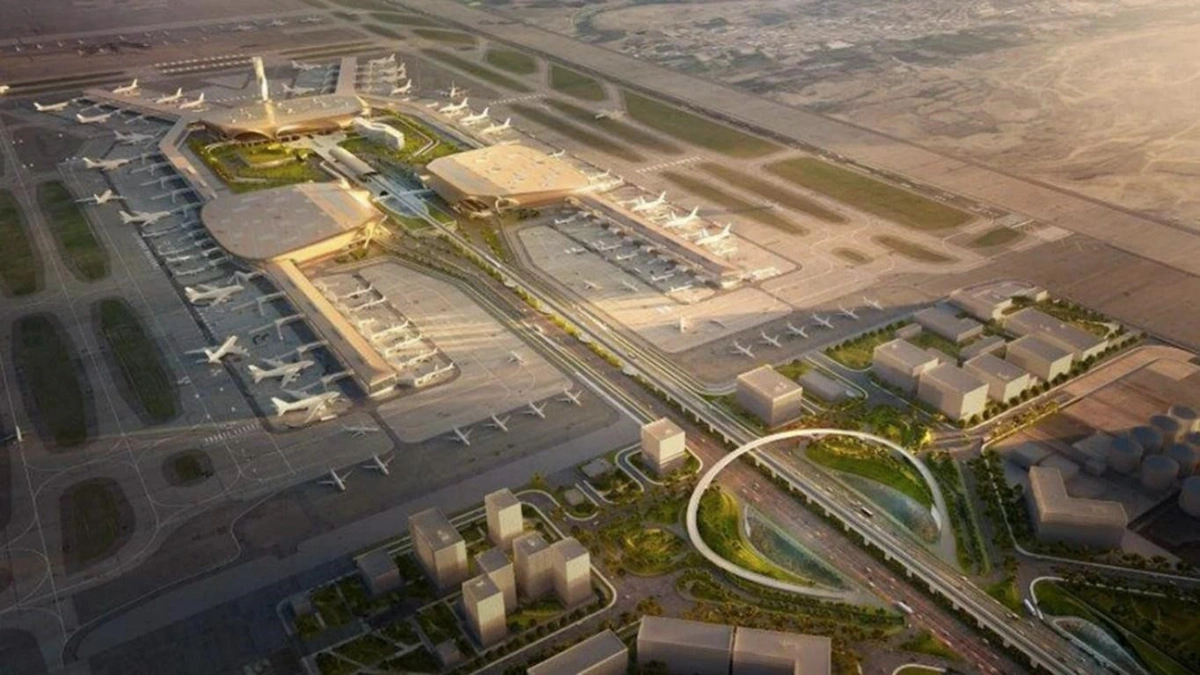Navi Mumbai Airport, Approved in 1997, to Commence Operations This December
Okay, let’s be honest, we’ve been hearing about the Navi Mumbai Airport for what feels like forever. 1997! I was probably still figuring out what dial-up internet was back then. But here’s the thing: this isn’t just another news blurb; it’s a potential game-changer for Mumbai and frankly, for anyone who’s ever spent hours stuck in traffic trying to get to the current airport. So, what’s the real deal? Why should you in particular care?
Why Navi Mumbai Airport Matters | More Than Just Flights

It’s easy to see the Navi Mumbai International Airport as just, well, another airport. But think about it: Mumbai’s current airport, Chhatrapati Shivaji Maharaj International Airport, is bursting at the seams. It’s operating way beyond its intended capacity, causing delays, congestion, and a generally unpleasant experience for travelers. That’s where the new airport steps in. It’s not just about adding more flights; it’s about alleviating pressure on the existing infrastructure and paving the way for future growth. And that growth isn’t just for air travel.
The ripple effect? Better connectivity, increased business opportunities, and potentially a boost to the local economy. Imagine easier access to international markets for businesses in the region. Think about the potential for increased tourism and investment. It’s about time this started, with the green light received in 1997.
Navi Mumbai Airport | A Timeline of Trials and Tribulations
The road to get here hasn’t been smooth. We’re talking land acquisition issues, environmental clearances, and a whole host of bureaucratic hurdles. It’s honestly a miracle it got this far. But the perseverance finally seems to be paying off. The initial deadline of December 2024 is a major milestone. One common pitfall with large-scale projects in India is delays, but hopefullythis is not the case with this one. The fact that it’s finally happening speaks volumes about the commitment of the government and the various stakeholders involved.
But, even with the December 2024 goal, what if there are snags? Weather delays, labor issues – anything could happen. While sources indicate everything is on track, it’s always a good idea to remain cautiously optimistic and keep an eye on official announcements. Things can change quickly, and staying informed is key. You can find verified information on the official CIDCO (City and Industrial Development Corporation) website.
What to Expect | Key Features and Benefits
So, what can we expect from the new airport? Initial reports suggest a state-of-the-art facility with a capacity to handle millions of passengers annually. We’re talking advanced technology, efficient baggage handling systems, and a seamless travel experience. The goal is to make it a world-class airport that rivals the best in the world. The Navi Mumbai airport location makes it perfect for reducing congestion in the city.
And, perhaps more importantly, think about the impact on the surrounding areas. With increased connectivity comes increased development. New hotels, restaurants, and businesses are likely to spring up, creating job opportunities and transforming the landscape of Navi Mumbai. I initially thought it was just about flights, but then I realized it is actually about much more than flights. It’s about creating a whole new ecosystem.
The first phase of the airport will cater to 20 million passengers per annum (MPPA), and will later be expanded to 80 MPPA. This will include seamless multi-modal connectivity, with the Mumbai Trans Harbour Sea Link helping connect the airport to Mumbai within an hour. The project also includes developing roadways and railway lines for ease of access to the airport.
Navi Mumbai Airport Jobs and the Economic Impact
Beyond the convenience for travelers, let’s talk jobs. The construction itself has already generated employment opportunities. And once the airport is operational, the potential for job creation is immense. From airport staff and ground crew to hospitality workers and retail employees, the airport project will create thousands of new jobs, thus impacting the economic impact for the citizens of Mumbai and India. It is also expected to positively affect real estate investments in the area.
And that’s not even counting the indirect jobs that will be created in related industries. Think about the suppliers, the transportation providers, and the support services that will be needed to keep the airport running. The Navi Mumbai airport is not just a transportation hub, but a catalyst for economic growth and development.
Getting There | Navi Mumbai Airport Connectivity
Okay, so the airport is opening. Great! But how do we actually get there? The good news is that connectivity is a key focus. The aforementioned Mumbai Trans Harbour Sea Link will provide a direct link to Mumbai. There are also plans to improve road and rail connectivity to the airport, making it accessible from all parts of the city and beyond. The new airport is located strategically.
And, speaking of connectivity, let’s not forget about the importance of public transportation. We need efficient bus services, metro lines, and taxi services to ensure that people can easily get to and from the airport. The goal should be to make it as seamless and convenient as possible. One mistake I see people make is to assume that they can rely solely on personal vehicles. Public transport will be crucial.
FAQ About Navi Mumbai Airport
When exactly will the Navi Mumbai Airport be operational?
The current target is December of this year. Keep an eye on official CIDCO announcements for the latest updates.
How will I get to the new airport from Mumbai?
The Mumbai Trans Harbour Sea Link will provide a direct route. Improved road and rail connectivity are also in the works.
What is the Navi Mumbai airport IATA code?
The IATA code for the Navi Mumbai International Airport is NMIA.
Will the new airport affect operations at the current Mumbai airport?
Yes, the new airport is intended to alleviate pressure on the existing airport and improve overall air travel efficiency.
What impact will this have on real estate?
Real estate prices are expected to rise due to increased demand from people wanting access to the new infrastructure. See more here.
So, there you have it. The Navi Mumbai Airport – a project decades in the making – is finally on the verge of becoming a reality. It’s not just about catching a flight; it’s about the future of Mumbai and the potential for growth and opportunity. It is expected to reduce the pressure from the Chhatrapati Shivaji Maharaj International Airport.
And here’s the thing that fascinates me the most: this airport represents more than just concrete and runways. It represents hope, progress, and the unwavering spirit of a city that never gives up. A very long wait, but it looks like it is finally coming together.













